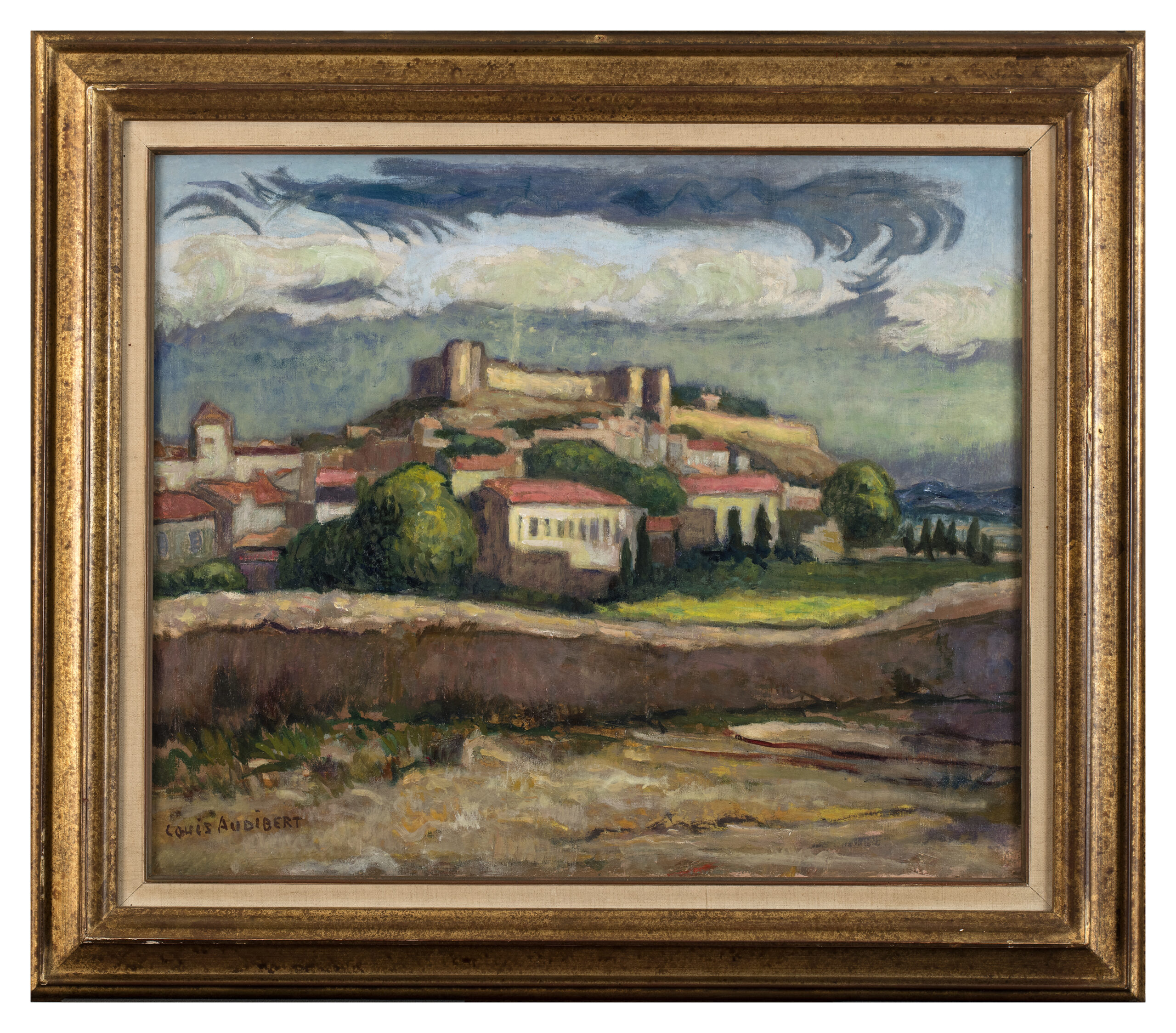Born in Marseille on June 11, 1880, Louis Marie Barnabé Audibert came into the world in a city imbued with light and sea. The son of Henri Maximin Audibert and Doroly Aimée Camoin, he grew up in a family deeply rooted in the Provençal soil and Marseille will serve as the backdrop for his early paintings. While attending the prestigious École des Beaux-Arts in Paris from 1906 to 1912, he was influenced by artists such as Paul Cézanne, Adolphe Monticelli, El Greco, and Paul Gauguin.
After World War I, Audibert settled in Cassis, where he forged an unbreakable friendship with Louis-Mathieu Verdilhan. Together, they immersed themselves in the creative excitement of the Côte d’Azur. In 1921, the artist met Winston Churchill and became his teacher, solidifying his influence and stature in the art world. During this same period, his first exhibition marked the beginning of an artistic journey rich in collaborations with iconic figures such as Albert Marquet, Moïse Kisling, and Marcel Leprin, some of whom would become his friends.
Audibert’s studio, located at 30 cours d’Estienne d’Orves in Marseille, became a sanctuary of creativity. His bright colors evoke the warmth of southern France while imparting a sense of timeless peace.
An artist of his time, he did not limit himself to painting. He also invested in the founding of the Union of Plastic Arts in 1948, seeking to gather and promote the emerging talents of his era. He advocated for the creation of the Académie d’Allauch and created several monumental decorative ensembles for iconic venues such as the Opéra de Marseille and the Pavillon de la Provence during the 1937 International Exposition in Paris.
The exceptional longevity of Louis Audibert, who passed away on March 20, 1983, is a testament to a life dedicated to painting. His legacy endures through the collections of museums in Cassis and Marseille, where his works continue to captivate with their light and authenticity.

Sign up to the newsletter and stay informed about our latest acquisitions and exhibitions:
© Galerie Rousset 2023